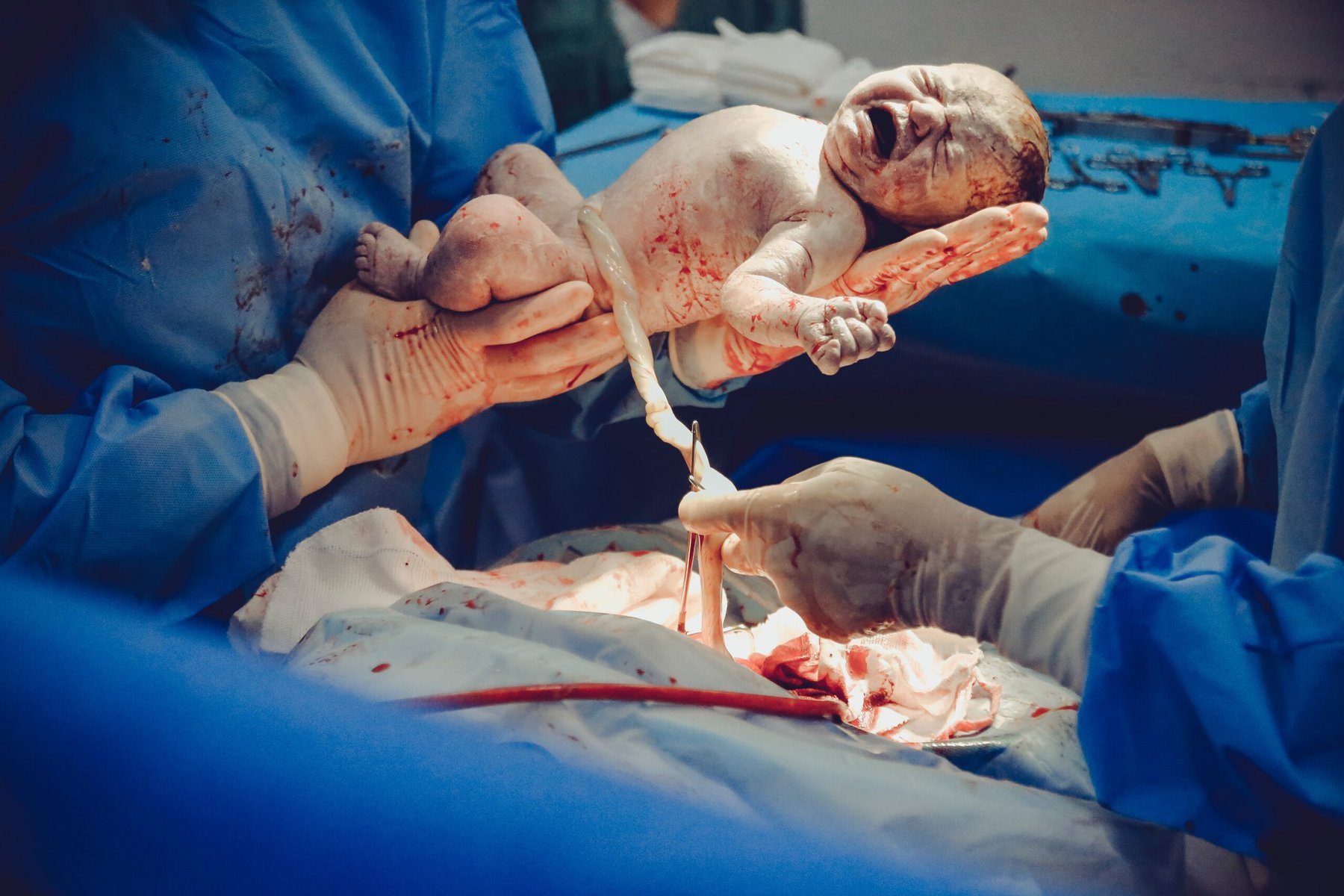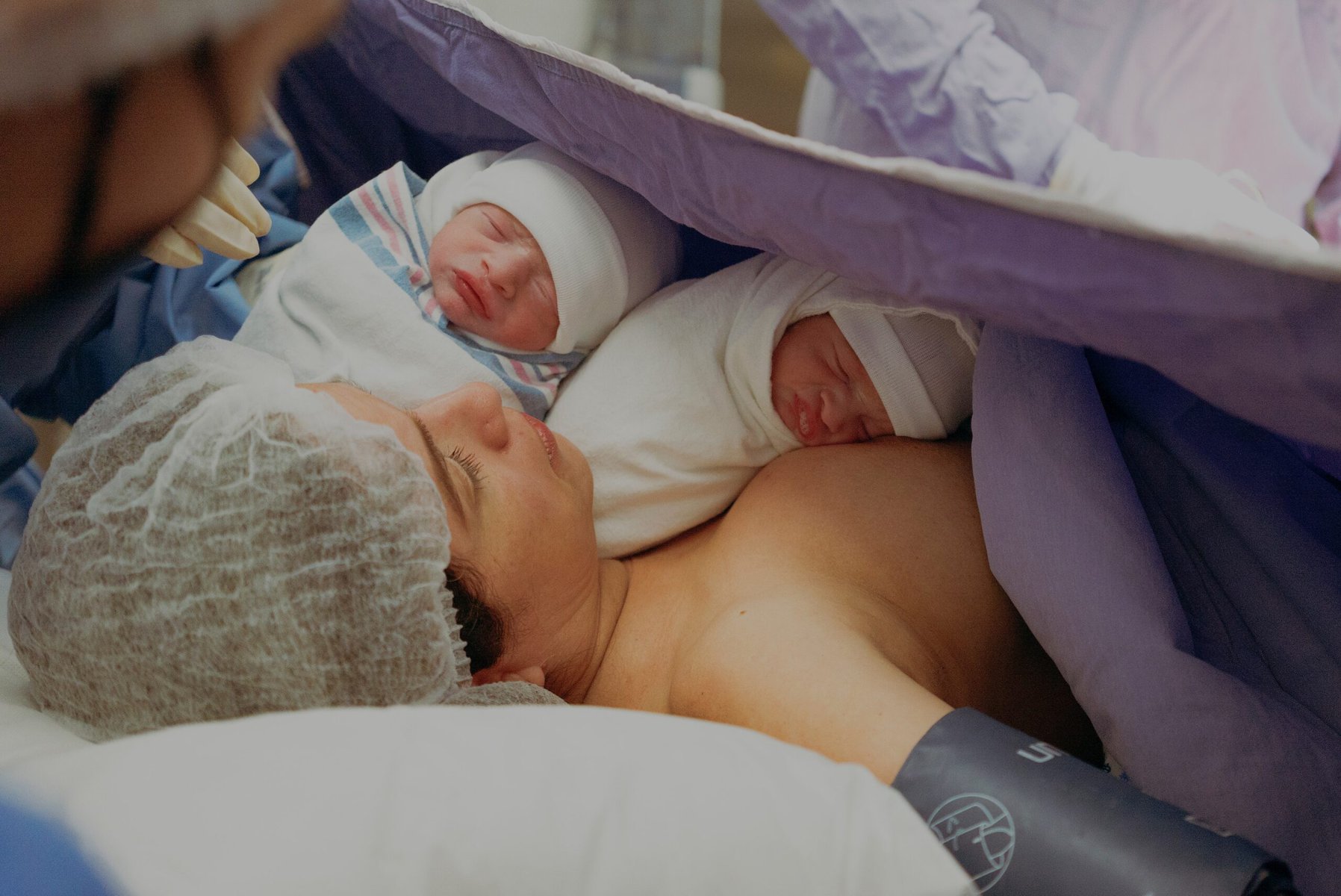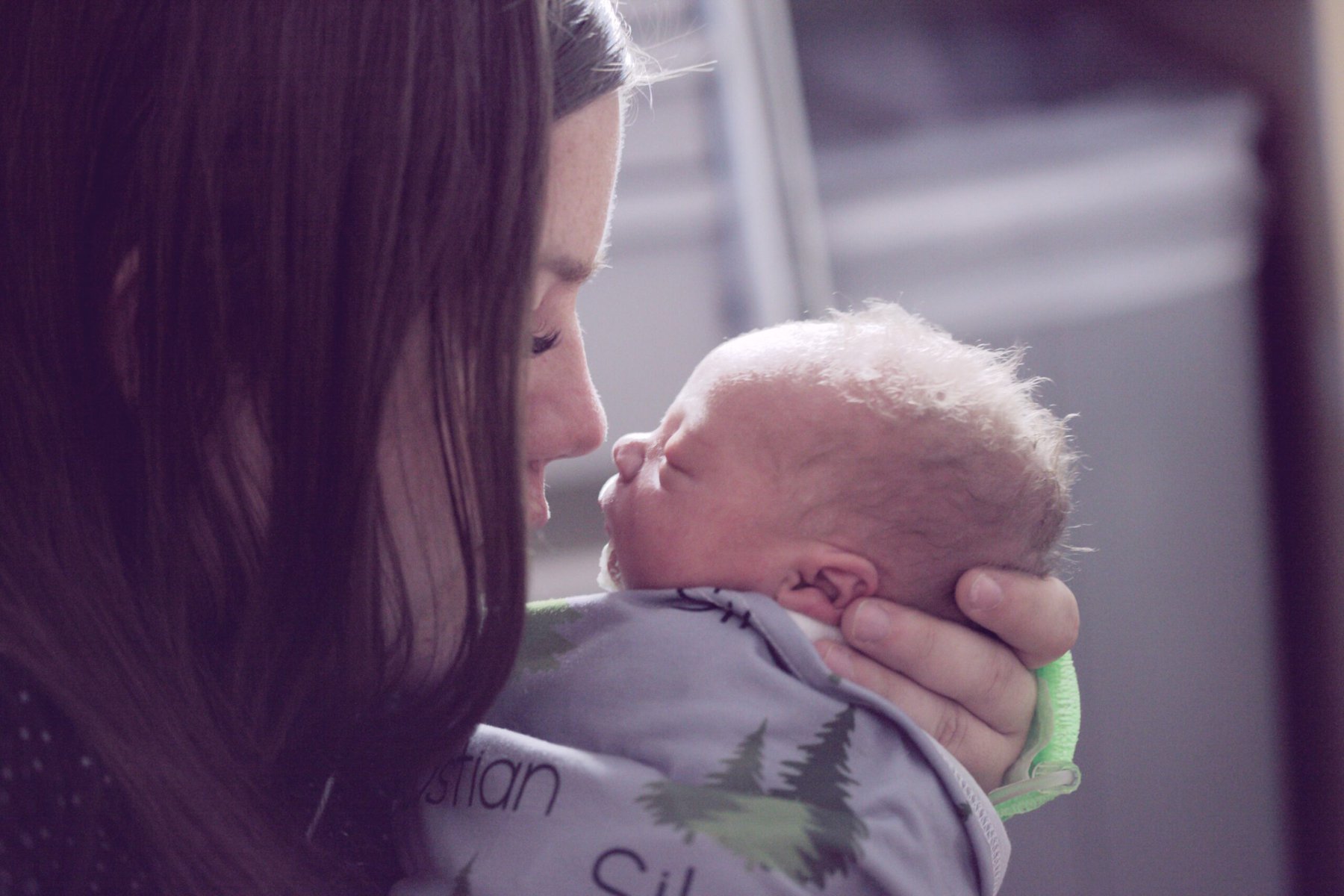A lot of pregnant moms – especially first-time moms – hear horror stories about C-sections. Sometimes graphic and gory, these dramatic stories frighten even the most educated, strong women. Cesarean sections are major surgery, after all. They involve abdominal and uterine incisions and a hospital stay. They come with a set of risks and an often unpleasant recovery period.
Still, are we doing a disservice to fellow moms by not offering a balance of perspectives? Some women opt for c-sections from the get-go to avoid possible complications of vaginal delivery. Some women, due to pregnancy of multiples or having high-risk factors, feel that a c-section is a safer and better option than traditional labor and delivery. And some moms who are pregnant with multiples choose to have a C-section to avoid any issues during labor, like one baby flipping breech last minute.
To ward off the stigma and balance out the scary stories, let’s dive into different aspects of c-sections so that you can decide what is best for you and your baby! Make your decisions based on information, not fear.
Note: This article is not meant to provide specific medical advice to individuals. Always consult with a licensed medical doctor to discuss your unique situation.
Why is it scary?

Labor and delivery trauma, or birth trauma, is a real thing. Many women have experienced truly terrifying situations when giving birth, and their stories should in no way be minimalized or diminished.
Many horror stories regarding C-sections involve incredibly long labors with hours and hours – even days – of pushing with no success, leading to a rush to the operating room. Some women develop serious medical concerns, or their baby becomes distressed during birth. Labor and delivery can truly be life and death for certain individuals. In these cases, the situations are already complicated and messy. The stories usually end with an emergency C-section, and the mothers sometimes are unable to hold their little ones right away for different reasons.
These messages are difficult to hear and understand. The C-sections themselves may (or may not) have been terrible, but the circumstances surrounding the C-section absolutely were. The common themes of these stories are exhaustion, pain, uncertainty, fear, and disappointment. Acknowledging this perspective can be helpful in understanding the legitimate fear factor around C-sections.
Read More: Predicting Pre-Term Birth
Are there pros to having a C-section?

Thank goodness for modern medicine! C-sections literally save the lives of mothers and babies every day. And, in some cases, they aren’t too traumatic.
C-sections can be done in 45 minutes, taking away the hours of hard labor some women have to experience. They can often be scheduled in advance (though, we all know babies have their own timetables). They are performed in sterile operating rooms with skilled, educated doctors and nurses on hand to care for mom and child. Spinal blocks are administered by an anesthesiologist to take away sensations of pain from the surgical site. Should the baby flip during the birthing process, there would be no risk of vaginal tearing with a C-section. In America, C-sections are usually considered relatively safe and common.
The recovery process after birth – whether vaginal or C-section – differs greatly depending on many factors, like the woman’s health and support system. Some women say that, with rest, support, and staying current on prescribed medication, the recovery process is manageable. Many women do stay in the hospital for one day longer than those who deliver vaginally.
Luckily, choosing one method of delivery doesn’t necessarily reduce your choices in a subsequent pregnancy. A few years ago, many doctors would not perform a VBAC (vaginal birth after Cesarean). That is not the case now. This is entirely up to the doctor, but women can now find more medical professionals willing to consider offering VBACs if they want to avoid being locked into a decision forever.
Read More: Life After C-Section: What to Expect After a C-Section
What should I ask my doctor?

It’s always important to ask a doctor you know and trust before committing to any procedure. Even if you plan to deliver vaginally, it is important to ask questions about C-sections long before your due date. It will help you be prepared and make informed decisions, should complications arise down the road.
Ask your doctor these questions regarding C-sections:
- Is my pregnancy considered high-risk?
- What complications would indicate the need for a Cesarean?
- Who would perform the surgery if needed?
- Where would the surgery be performed?
- Is there a cost difference between vaginal and C-section deliveries?
- How long would I be in the hospital after a Cesarean?
- What is a spinal block and what will I feel during the procedure?
- Who will be present during the surgery?
- Will I be able to hold my baby after a C-section?
- Will I still have personal options like birth photography, cord cutting, etc. if I need a C-section?
- If I choose to have a C-section, would you consider performing a VBAC in the future if desired?
- Do you see any signs at this time that would make you recommend a C-section?
- Do you have any resources that I can study about this topic?
Also, make sure you share your full medical history with your doctor. He or she will need to know how you handle anesthesia, what genetic diseases you might carry, and more.
Read More: Preparing for a Repeat C-Section
How can I make my C-section successful?

If you choose to have a C-section, there are several things you can do to make it as smooth as possible.
First, do your homework. Ask your doctor questions; no question is dumb. Find classes specifically related to C-sections through your local hospital, mom groups, or nonprofits. InJoy offers a great online class for those looking to go that route.
Second, prepare for recovery. Get a notebook to help you track your medicine schedule. Order plenty of comfy pants and underwear – make them high-waisted so the band won’t sit on your incision area. Stock up on snacks rich in fiber, like apples and granola, to help you with any toileting troubles.
Third, ask for help, not only for the baby but for you, too. You may need help walking and showering for a few days. You’ll need to let someone drive you and your little one to doctor appointments for two weeks, or at least until you are off most medications. Those who love you will be happy to lend a hand, so don’t be afraid to speak up!
Read More: C-Section: Recovery Essentials

If you opt for a C-section, remember that it is a beautiful and legitimate way to bring life into the world! There is no shame in needing or wanting a C-section, and you will still get all the magical bonding moments with your little child that you’ve been dreaming of! You are a strong and loving mother! Giving birth is a serious business! The safety and well-being of you and your baby should be the top priority at all times. No matter what you decide, go into birth as prepared as you can be! To learn more about C-sections, visit the Mayo Clinic’s website.
WANT TO READ MORE?
Check out Top Baby Products You Need When Welcoming a New Baby for more advice, tips, and tricks.
GET MORE FROM DAILY MOM, PARENTS PORTAL
Newsletter: Daily Mom delivered to you
Facebook: @DailyMomOfficial
Instagram: @DailyMomOfficial | @DailyMomTravel
YouTube: @DailyMomVideos
Pinterest: @DailyMomOfficial
📌 LOVE IT? PIN IT!📌











































